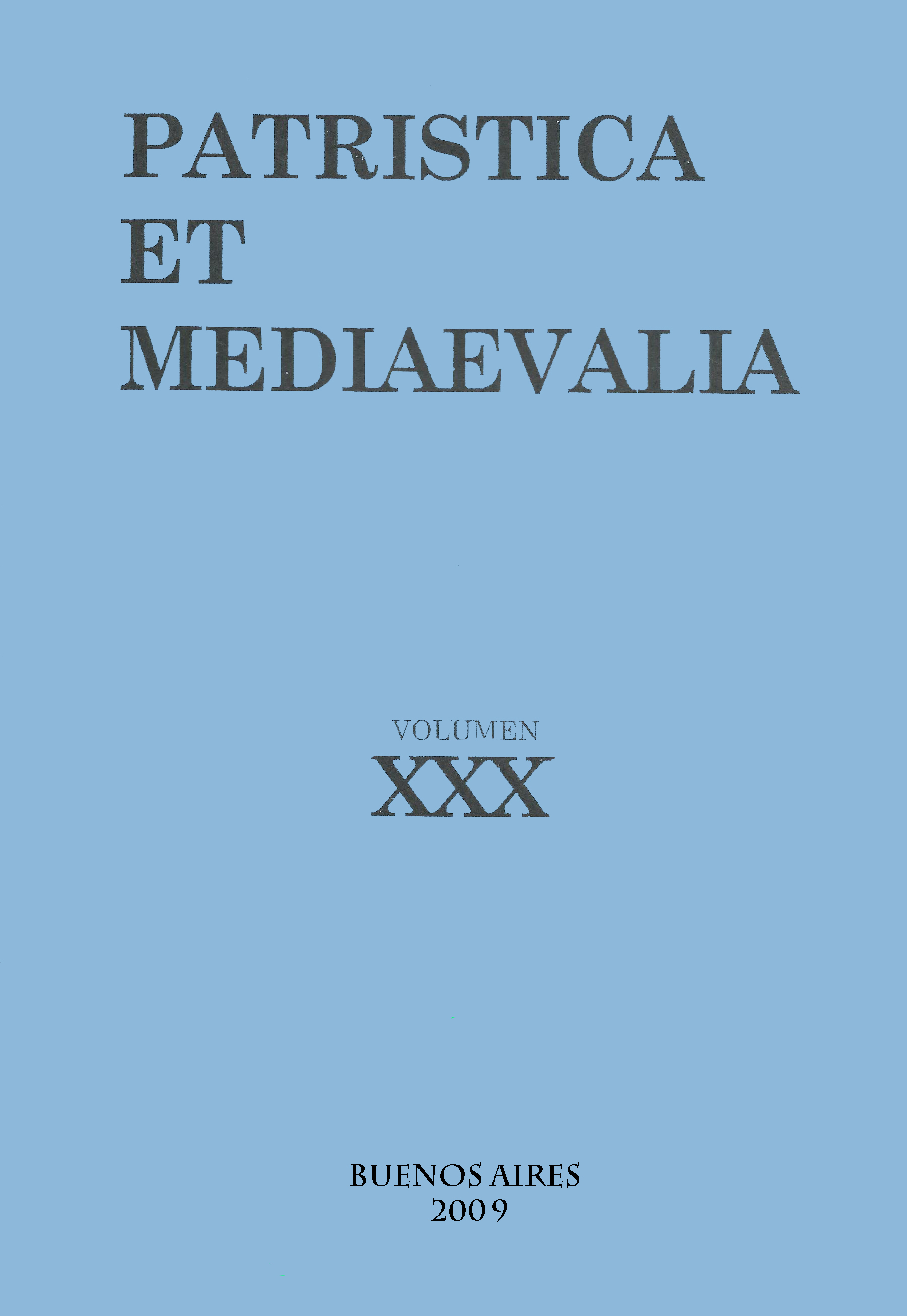Physical and Metaphysical Aspects of the Doctrine of Light in Saint Bonaventure
Abstract
This article analyses the concept of “light” in its historical development between two possibilities of explanation: the physical view considers light as an accident, like a quality of substance; the second, metaphysical view, shows it as a source of divine influence. Specifically, in the case of Bonaventure the doctrine of light appears as a synthesis of Aristotelian and Neoplatonic elements. Bonaventure's option for the Aristotelian hylemorfism is the basis for a universal pluralism of substantial forms, in which light assumes later the role of a transcendental condition for certainty in our knowledge. Also, this certitudinalis cognitio is presented in Bonaventure's thought as a tendency to good. If the light of God has a fundamental inf1uence in the acquirement of truth and human knowledge tends to good as final cause, so there is a connection between good and light. In considering this, an attempt is made to propose the transcendental as essential part of Bonaventure's contribution to one –although not systematic– metaphysics.Downloads
References
Bigi, P. V. Ch., O.F.M. (1961). La dottrina della luce in S. Bonaventura. Divus Thomas, 64, 395-422.
Bougeron, J. G. (1969). Lexique Saint Bonaventure. Paris: Éditions Franciscaines.
Bougerol, J. G. (1984). Introducción a S. Buenaventura. Madrid: Biblioteca de Estudios Cristianos.
Crowley, Th. (1976). Illumination and Certitude. En San Bonaventura 1274-1974, t. III: Philosophica. Grottaferrata, Roma, 431-448.
Cumont, F. (1949). Lux perpetua. Paris: P. Geuthner.
Da Vinca, A. (1949). L’aspetto filosofico dell’aristotelismo di S. Bonaventura. Collectanea franciscana, 19, 5-44.
Eco, U. (1987). Arte e bellezza nell’estetica medievale. Milano: Bompiani. Traducción española: Eco, U. (1997). Arte y belleza en la estética medieval, trad. H. Lozano Miralles. Barcelona: Lumen.
Ferrater Mora, J. (1965). Diccionario de Filosofía, 2 vols. Quinta edición. Buenos Aires: Editorial Sudamericana.
Merino, J. A. (1994). Filosofía y teología en la escuela franciscana medieval. Angelicum Roma, 71(1), 43-64.
Nachbar, B. A. (1976). Pure Reason and Practical Reason. Some Themes in Trascendental Philosophy and in Saint Bonaventure. En S. Buenaventura 1274-1974, t. III: Philosophihca. Grottaferrata, Roma, 449-469.
Pouillon, H. (1946). La beauté, proprieté transcendantale chez les Scolastiques (1220-1270). Archives d’histoire doctrinale et littéraire du Moyen Âge, 15, 263-329.
Rosenmöller, B. (1925). Religiöse Erkenntnislehre nach Bonaventura. Münster: Aschendorff.
1. The authors who publish in this magazine accept the following conditions:
-
They retain the copyright and grant to the magazine the right of the first publication, with the work registered under the Attribution-ShareAlike 4.0 International License that allows third parties to use what is published as long as they mention the authorship of the work and the first publication in this magazine.
-
They can make other independent and additional contractual agreements for the non-exclusive distribution of the version of the article published in this magazine (eg. include it in an institutional repository or publish it in a book) provided that they clearly indicate that the work was first published in this journal.
-
They are allowed and recommended to publish their work on the Internet (for example on institutional or personal pages).
2. AutoArchive Conditions. Authors are allowed and encouraged to distribute post-print electronic versions of their manuscripts because it promotes their circulation, a possible increase of quotation and a major reach among the Academic community. Color RoMEO: blue.













